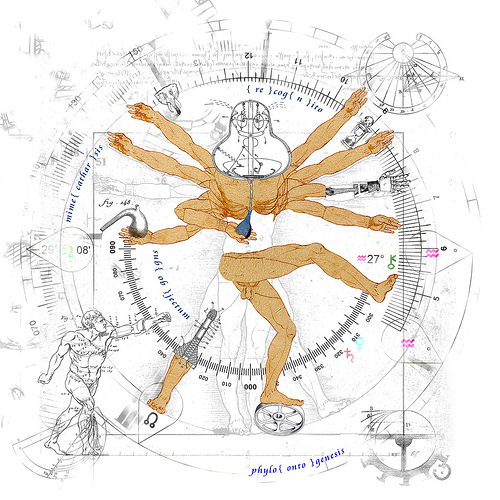Created by: Christine Marks
Intended Course: LIB 200 / Liberal Arts Capstone
Course Level: any
Student Difficulty: moderate
Teacher Preparation: moderate
Class Size: 25
Semester Time: mid-semester
Writing Component: debate notes based on individual research
Estimated Time: 1 hour
Learning Objectives: to develop critical thinking skills; to learn to express an argument and support it with specific evidence; to approach a problem from different perspectives
Related Competency:
Materials: Carl Elliott’s “A New Way to Be Mad”
Activity Description
This debate activity is part of a course on humanism, science, and technology, with a specific focus on body modification. In preparation for this activity, students will have read Carl Elliott’s “A New Way to Be Mad,” which discusses apotemnophilia, the desire for amputating limbs. A week before the activity, students will be divided into two groups: Group 1 will be asked to argue that apotemnophiles should be allowed to have their limbs removed surgically, while Group 2 will argue against access to such surgery. In order to prepare for the debate, students will research the topic and find specific evidence for claims supporting their side of the argument.
Reflections
The idea for this activity emerges from a Medicine, Mind, Body learning community I taught with colleagues from Philosophy and Psychology. Dr. Cheri Carr, who taught Medical Ethics, had students engage in several debates over the semester, a practice that promoted students’ ability to express their ideas clearly, make persuasive claims, and provide concrete supporting evidence. Since the topic of body modification is closely related with topics we discussed in the learning community (e.g., performance enhancing drugs, genetic engineering), I decided to adapt Dr. Carr’s activity for the Liberal Arts capstone. As I haven’t had a chance yet to try this out in the classroom (except for our seminar “classroom” made up of faculty and staff participants), I don’t have any ideas for revision yet. I think I might have to be more flexible about dividing the group, possibly having students switch after half the session to allow them to take on both sides of the argument. After the debate, we would further discuss and deconstruct distinctions between “normal” and “abnormal,” healthy and ill, natural and unnatural, and examine how these distinctions change over time and between cultures.
Header image: “étude des 10-proportions de l’esprit humain . . (v² ! g)” by Jef Safi, Flickr CC BY-NC-ND 2.0.





Leave a Reply